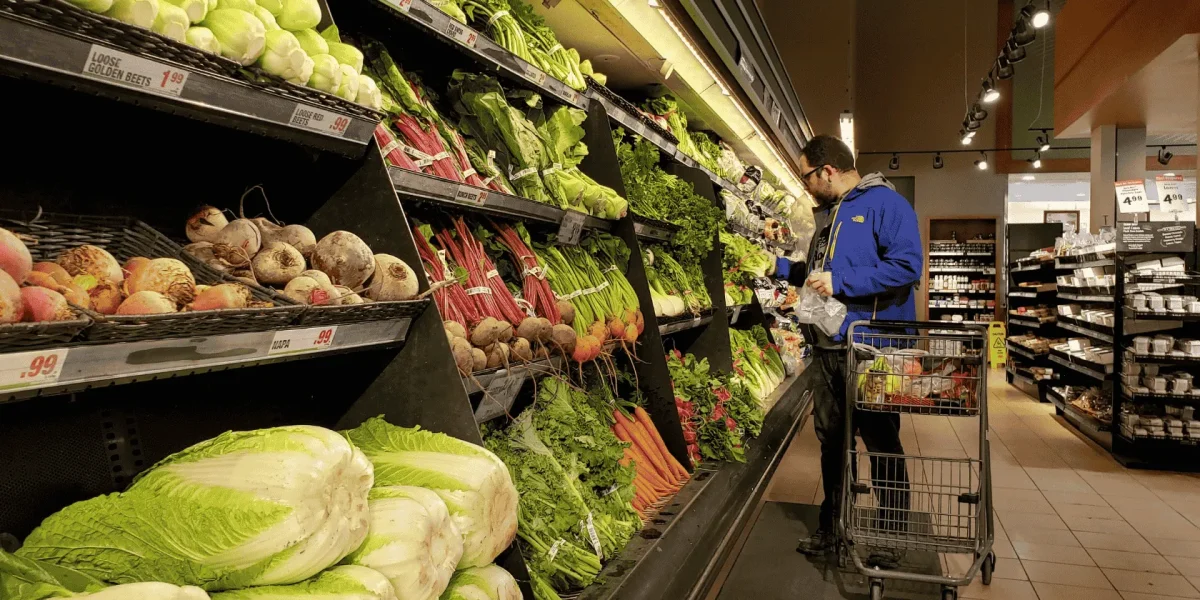Fresh fruits and vegetables are an essential part of a healthy diet. They are packed with nutrients, flavors, and textures that can make meals more enjoyable. Whether you’re shopping at a large supermarket or a specialty store like Excel International African Store, knowing how to spot the freshest produce ensures that you get the best quality for your money.
The Best Time to Shop for Fresh Produce
Timing plays a crucial role in getting fresh produce. Grocery stores usually restock early in the morning, so shopping at that time increases the chances of finding the freshest fruits and vegetables. Weekdays tend to be less crowded than weekends, allowing for a better selection of items before they are picked over by other shoppers.
How to Check Freshness by Appearance
One of the easiest ways to determine freshness is by looking at the color and texture of the produce. Vibrant, bright colors often indicate ripeness and high nutritional value. Avoid items with brown spots, wrinkles, or signs of mold. Leafy greens should have a crisp texture without wilting, and fruits should have firm skin without any bruises or blemishes.
Smell Test: A Reliable Indicator
Aromatic fruits tend to be the freshest. If a fruit has a strong, sweet scent, it is likely ripe and ready to eat. On the other hand, if there is no smell or a sour odor, it may be under-ripe or overripe. Citrus fruits should have a fresh, zesty scent, while melons and pineapples should have a fragrant aroma at their base.
The Weight Factor: Why It Matters
Heavier produce often means more moisture, which is a good sign of freshness. For example, watermelons and cantaloupes should feel heavy for their size. The same goes for citrus fruits; a firm, weighty orange or lemon is likely juicy and fresh. If a fruit or vegetable feels too light, it might be drying out inside.
Checking Firmness and Texture
Different types of produce require different firmness levels. Apples, potatoes, and carrots should be firm when gently squeezed. Tomatoes, peaches, and avocados should have slight give but should not feel mushy. If an item feels too soft or has indentations, it may be past its prime.
The Importance of Stems and Leaves
For vegetables with leaves and stems, their condition can tell a lot about freshness. Look for firm stems and vibrant green leaves. If the leaves appear yellow or wilted, the produce might not last long. For root vegetables like carrots and beets, fresh greens on top indicate they were recently harvested.
How to Store Fresh Produce at Home
Once you bring fresh produce home, proper storage helps maintain its quality. Some items, like tomatoes and bananas, should be kept at room temperature, while leafy greens and berries do best in the refrigerator. If you have extra herbs, wrapping them in a damp paper towel and storing them in a sealed bag can keep them fresh longer.
Organic vs. Conventional: Does It Matter?
Organic produce is grown without synthetic pesticides and fertilizers, but that doesn’t always mean it is fresher. The key is to check the appearance, texture, and smell regardless of whether it’s organic or conventional. Buying from a trusted store that sources fresh items regularly can make a big difference in quality.
Final Thoughts
Getting fresh produce is all about knowing what to look for. By shopping at the right time, checking for weight and texture, and paying attention to color and smell, you can bring home the best fruits and vegetables. The next time you visit your local grocery store, keep these tips in mind and enjoy the freshest ingredients in your meals.











